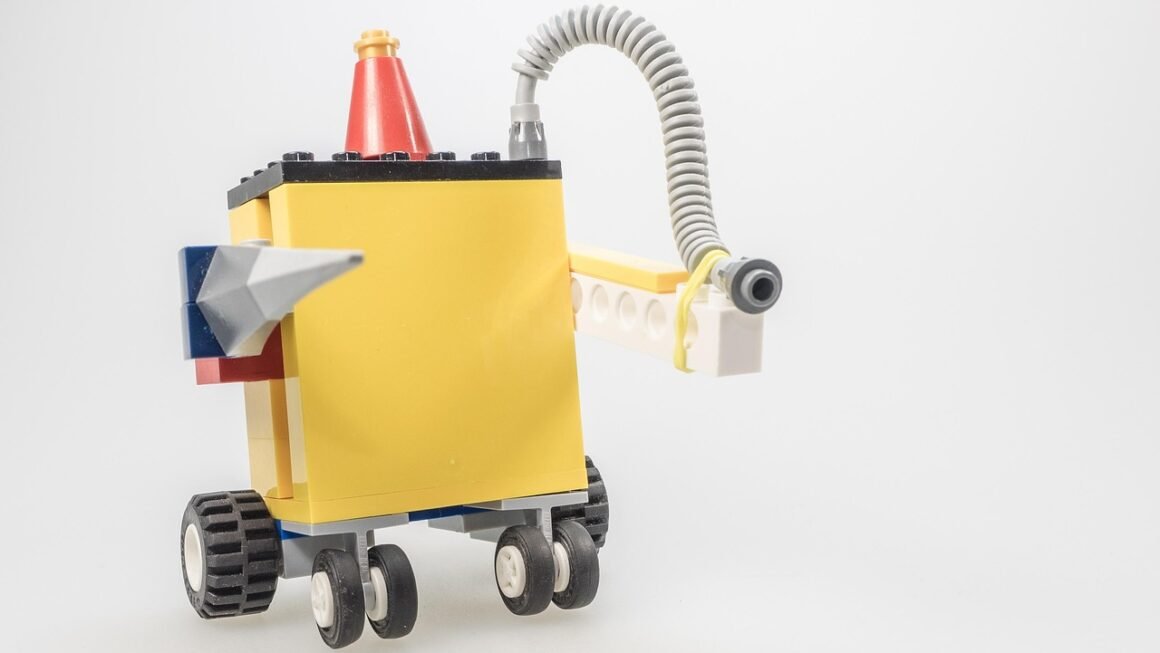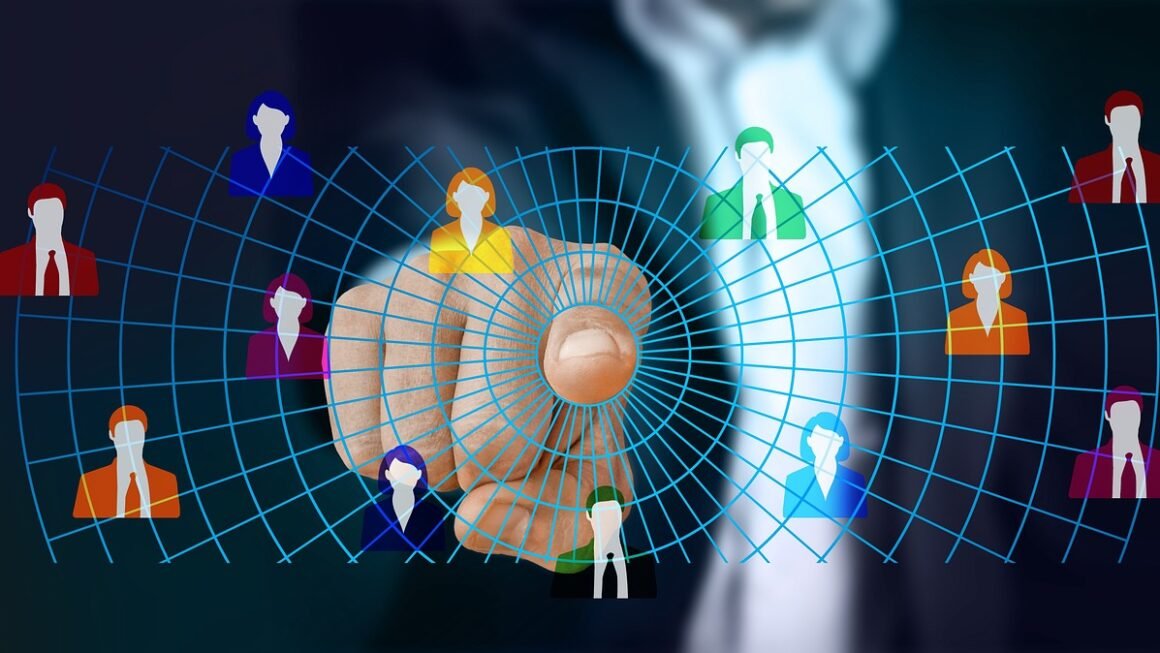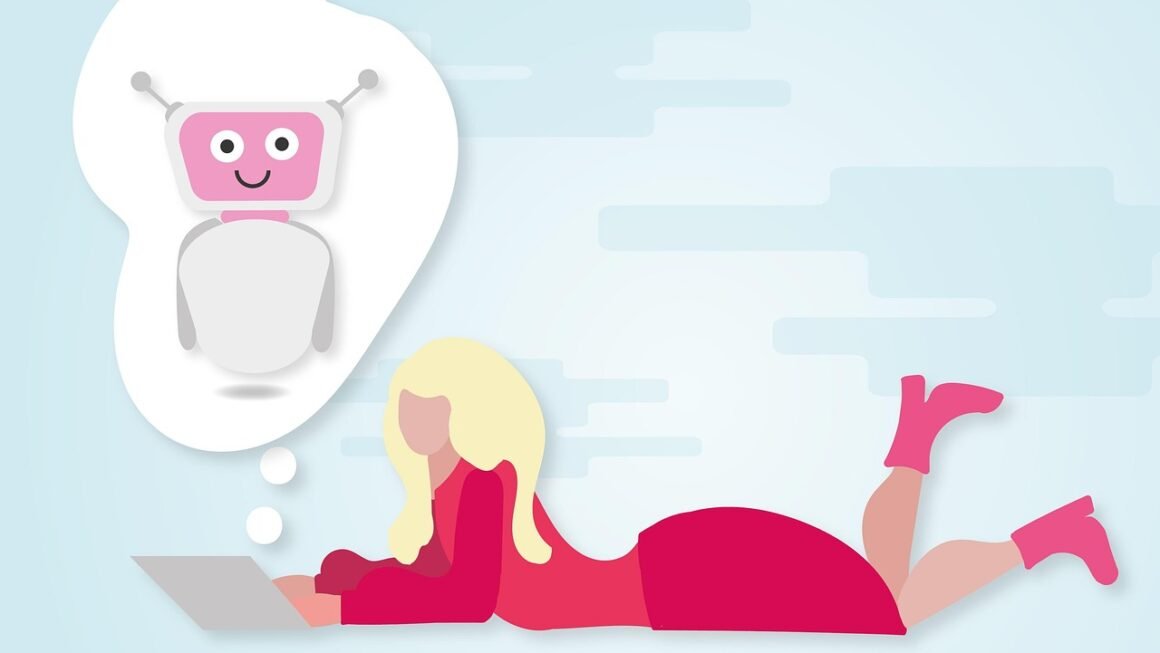The convergence of Artificial Intelligence (AI) and robotics is revolutionizing industries across the globe. From automating mundane tasks to enabling complex problem-solving in hazardous environments, AI-powered robots are transforming the way we live and work. This blog post delves into the exciting world of AI in robotics, exploring its applications, benefits, and future trends.
Understanding AI’s Role in Robotics
What is AI Robotics?
AI robotics is a field that combines artificial intelligence algorithms with robotic systems to create intelligent machines capable of performing tasks autonomously. Unlike traditional robots programmed for specific, repetitive actions, AI-powered robots can perceive their environment, learn from experience, adapt to changes, and make decisions independently.
- Key Components:
Sensors (e.g., cameras, lidar, sonar) for environment perception.
Actuators (e.g., motors, hydraulics) for physical movement.
AI algorithms (e.g., machine learning, deep learning) for decision-making.
Control systems to coordinate actions.
How AI Enhances Robotic Capabilities
AI enhances robotic capabilities in several key areas:
- Perception: AI enables robots to “see” and “understand” their surroundings through computer vision, object recognition, and scene understanding.
- Planning: AI algorithms help robots plan optimal paths and strategies to achieve specific goals, avoiding obstacles and adapting to dynamic environments.
- Learning: Machine learning allows robots to learn from data and experience, improving their performance over time without explicit programming.
- Decision-Making: AI empowers robots to make autonomous decisions based on sensor data, learned knowledge, and predefined goals.
Example: Boston Dynamics’ Spot
Boston Dynamics’ Spot is a prime example of AI in robotics. This agile mobile robot uses AI for navigation, obstacle avoidance, and complex tasks such as inspecting hazardous environments. Its ability to adapt to uneven terrain and perform pre-programmed routes autonomously showcases the power of AI in enabling sophisticated robotic capabilities.
Key Applications of AI-Powered Robots
Manufacturing and Automation
AI robots are significantly impacting the manufacturing sector, streamlining processes and enhancing efficiency.
- Automated Assembly Lines: AI-powered robots can perform repetitive tasks with high precision and speed, reducing errors and increasing throughput. For example, FANUC robots equipped with AI vision systems can identify and assemble parts with greater accuracy than humans.
- Quality Control: AI robots can inspect products for defects using computer vision and machine learning, ensuring consistent quality and reducing waste.
- Predictive Maintenance: AI algorithms can analyze sensor data from robots and machines to predict potential failures, allowing for proactive maintenance and minimizing downtime.
Healthcare
AI robotics is revolutionizing healthcare, offering solutions for surgery, patient care, and drug discovery.
- Surgical Robots: Robots like the da Vinci Surgical System assist surgeons with minimally invasive procedures, offering enhanced precision, dexterity, and control. AI can further improve surgical robots by providing real-time guidance and decision support.
- Rehabilitation Robots: AI-powered robots can assist patients with physical therapy and rehabilitation, providing personalized exercises and monitoring progress.
- Drug Discovery: AI algorithms can analyze vast amounts of data to identify potential drug candidates and accelerate the drug discovery process.
Logistics and Warehousing
AI robots are transforming logistics and warehousing operations, optimizing efficiency and reducing costs.
- Automated Guided Vehicles (AGVs): AGVs use AI for navigation and path planning, transporting goods and materials within warehouses and factories without human intervention.
- Warehouse Automation: AI-powered robots can pick, pack, and sort items in warehouses, increasing efficiency and reducing errors. Amazon uses thousands of robots in its warehouses to fulfill customer orders faster.
- Last-Mile Delivery: AI-powered delivery robots and drones are being developed to automate the last mile of delivery, bringing goods directly to customers’ doorsteps.
Agriculture
AI is enabling precision agriculture through robotic solutions that optimize crop yields and reduce resource consumption.
- Autonomous Tractors: AI-powered tractors can autonomously plow fields, plant seeds, and harvest crops, reducing labor costs and increasing efficiency.
- Precision Spraying: Robots equipped with AI vision systems can identify weeds and apply herbicides precisely, reducing chemical usage and minimizing environmental impact.
- Crop Monitoring: Drones and robots can monitor crop health using sensors and AI algorithms, providing farmers with real-time insights into crop conditions and potential problems.
Benefits of Integrating AI into Robotics
Increased Efficiency and Productivity
AI-powered robots can perform tasks faster and more accurately than humans, leading to significant increases in efficiency and productivity.
- 24/7 operation without fatigue.
- Reduced errors and improved quality.
- Faster processing times and increased throughput.
Enhanced Safety
AI robots can perform tasks in hazardous environments, reducing the risk of injury or death to human workers.
- Handling hazardous materials.
- Working in confined spaces.
- Performing tasks in extreme temperatures.
Reduced Costs
AI robots can automate tasks, reducing labor costs and minimizing waste.
- Lower labor expenses.
- Reduced material waste.
- Optimized resource utilization.
Improved Decision-Making
AI algorithms can analyze vast amounts of data to provide robots with better insights and decision-making capabilities.
- Real-time adaptation to changing conditions.
- Predictive maintenance to minimize downtime.
- Optimized resource allocation.
Challenges and Future Trends in AI Robotics
Overcoming Current Limitations
Despite the significant advancements in AI robotics, several challenges remain:
- Cost: The initial investment in AI robotics can be high, limiting its adoption by small and medium-sized enterprises.
- Complexity: Developing and deploying AI robots requires specialized expertise in AI, robotics, and software engineering.
- Data Requirements: Machine learning algorithms require large amounts of data to train effectively, which can be difficult to obtain in some applications.
- Ethical Considerations: As AI robots become more autonomous, ethical considerations regarding job displacement and safety become increasingly important.
Emerging Trends and Future Directions
The future of AI robotics is bright, with several emerging trends poised to shape the industry:
- Edge Computing: Processing data closer to the source will improve robot responsiveness and reduce latency.
- Human-Robot Collaboration (Cobots): Robots designed to work alongside humans in a safe and collaborative manner.
- Reinforcement Learning: Enabling robots to learn complex tasks through trial and error, without explicit programming.
- Explainable AI (XAI): Making AI algorithms more transparent and understandable, building trust and enabling better decision-making.
- Swarm Robotics: Coordinating multiple robots to perform tasks collectively, increasing efficiency and resilience.
Conclusion
AI in robotics is rapidly transforming industries, offering unprecedented levels of automation, efficiency, and safety. While challenges remain, the ongoing advancements in AI, robotics, and sensor technology promise to unlock even greater potential in the years to come. By understanding the key applications, benefits, and future trends of AI robotics, businesses and individuals can prepare for a future where intelligent machines play an increasingly important role in our lives.



